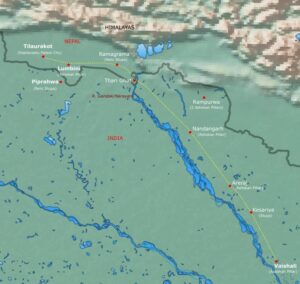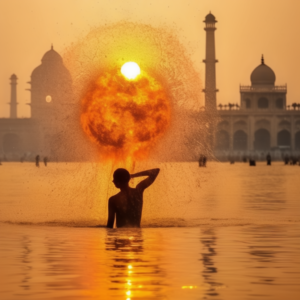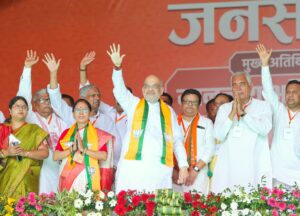Chhath Puja, a festival known for its quintessential “Bihari” identity, holds a significance that people of this generation will take time to understand
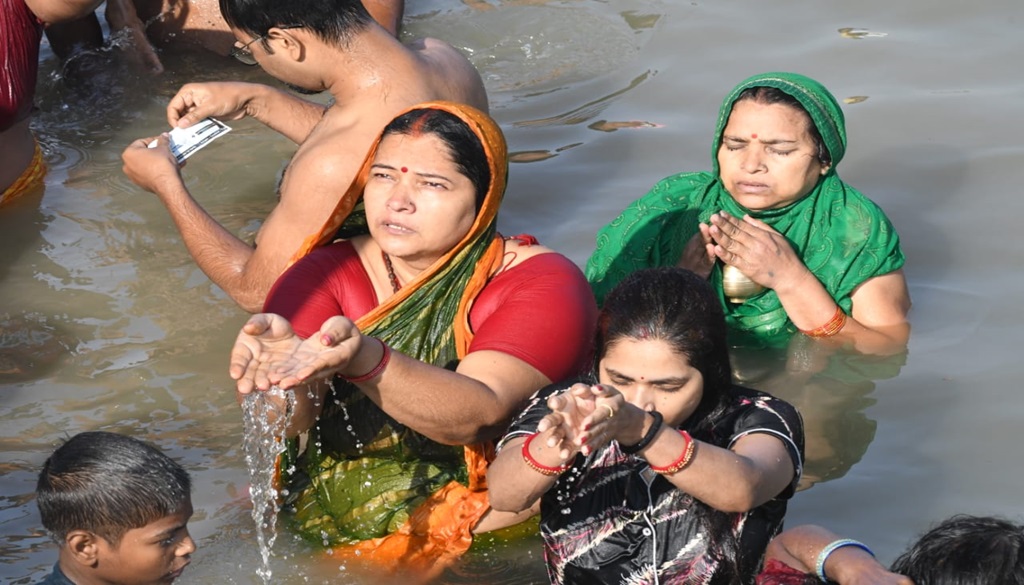
Archi Rani
 Chhath Puja, a distinct “Bihari” festival, holds a profound importance that may take time for the current generation to fully grasp. Rooted in the rich cultural tapestry of Bihar, this ancient Hindu festival transcends mere rituals; it is a celebration deeply intertwined with gratitude, nature, and spiritual fervor.
Chhath Puja, a distinct “Bihari” festival, holds a profound importance that may take time for the current generation to fully grasp. Rooted in the rich cultural tapestry of Bihar, this ancient Hindu festival transcends mere rituals; it is a celebration deeply intertwined with gratitude, nature, and spiritual fervor.
In the fast-paced digital age or “new-age”, where traditions are sometimes overlooked or hastily dismissed, the festival of Chhath stands as a cultural emblem that demands a deeper exploration. The roots of this festival stretch back to Vedic times, yet its relevance may seem elusive to those immersed in the rapid currents of modernity.
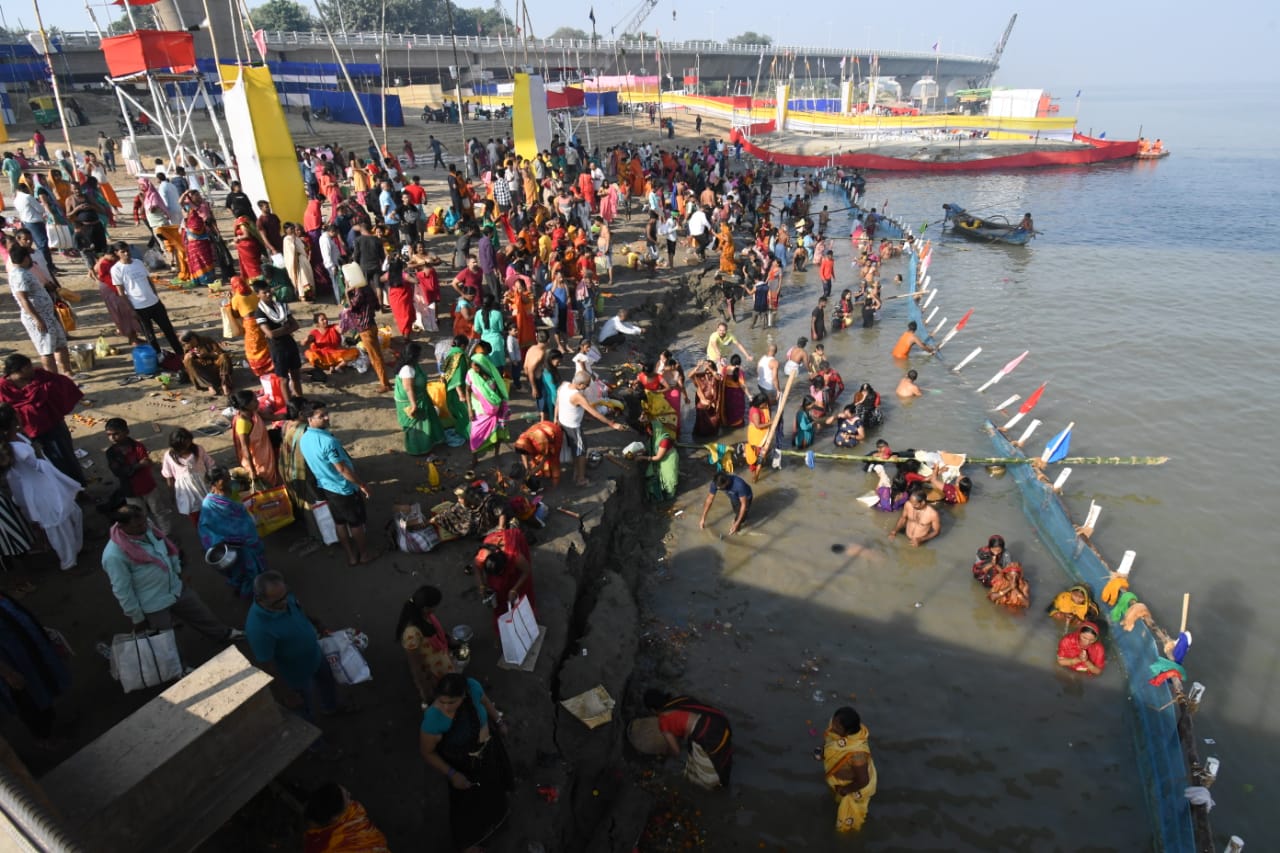
Pics by Nagendra Kumar Singh
The four-day ritual, with its meticulous observances and traditional customs, appears to be a relic of a bygone era to some. In an era dominated by instant gratification, the deliberate pace of Chhath Puja may come across as anachronistic. The question arises: Can a festival so deeply rooted in tradition find resonance in a world that is constantly evolving at such fast pace?
The rituals of Nahay Khay, Kharna, and the awe-inspiring Sandhya Arghya involve a level of commitment and patience that clashes with the hurried nature of today’s modern and contemporary life. The elaborate preparations, fasting, and devotion to the Sun God “Surya” may be perceived as quaint practices by a generation accustomed to convenience and efficiency.
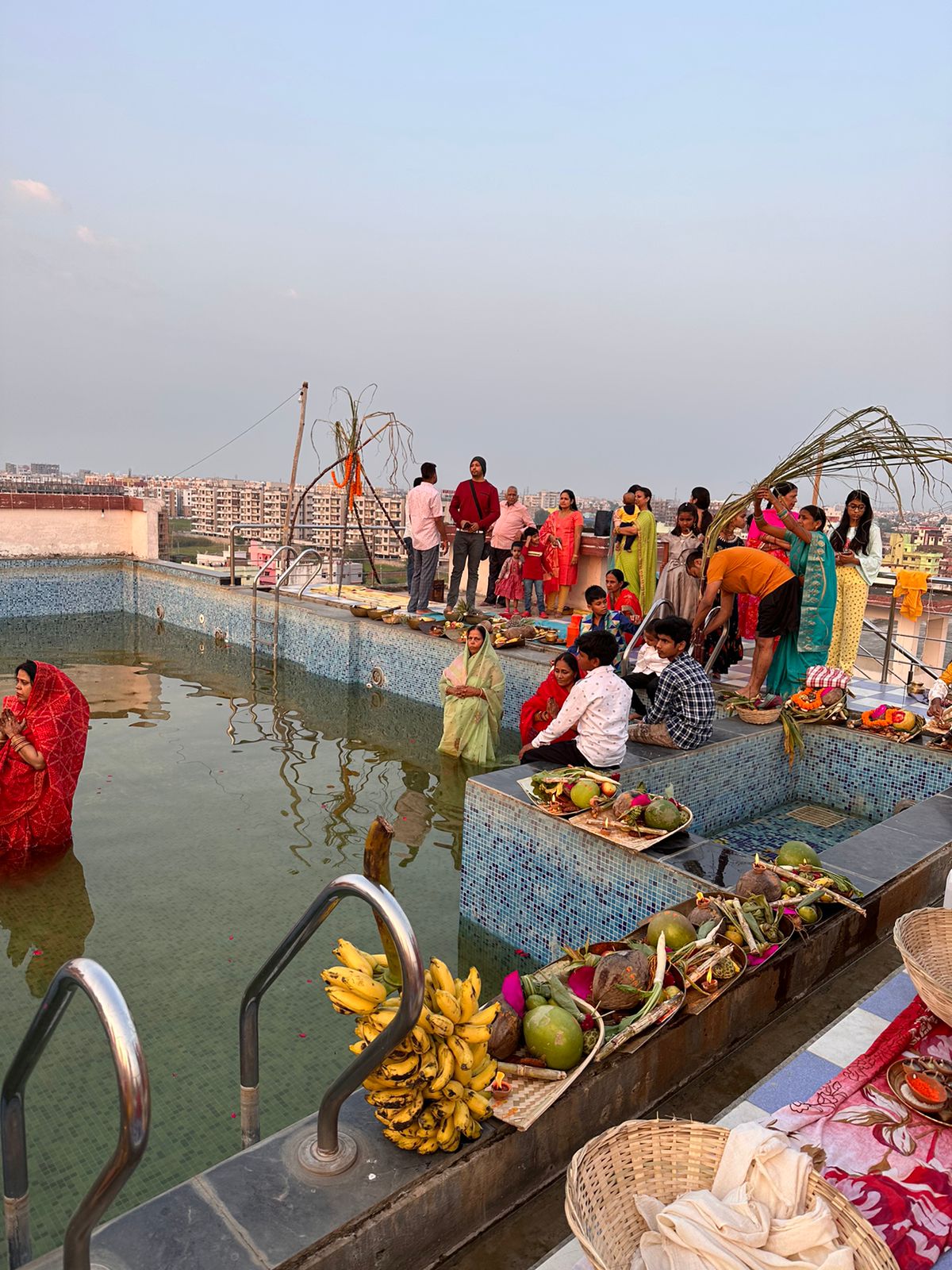
The essence of the festival, however, lies not just in its rituals but in the values it upholds. It serves as a poignant reminder of the symbiotic relationship between humanity and nature, a connection often overshadowed by the clamor of urban existence. The gratitude expressed towards the Sun God, the source of all life, is a lesson in humility that resonates beyond the confines of religious observance.
The unique identity of the festival, firmly rooted in the soil of Bihar, can be viewed as a source of power. In a world increasingly homogenized by global influences, Chhath Puja’s regional specificity becomes a testament to the diverse cultural mosaic that makes up India. The challenge, then, lies in striking a balance between preserving tradition and adapting to the changing times.
Chhath Puja, with its “Bihari” essence, invites not just reflection on the past but a contemplation of the present and the future. It is a call to bridge the gap between tradition and modernity, to find relevance in the timeless values it espouses. As Sun God sets and rises during the course of this festival, so too does the challenge persist — to ensure that the significance of Chhath Puja transcends generations, fostering a deeper understanding and appreciation among those who may take time to grasp its cultural and spiritual richness.



